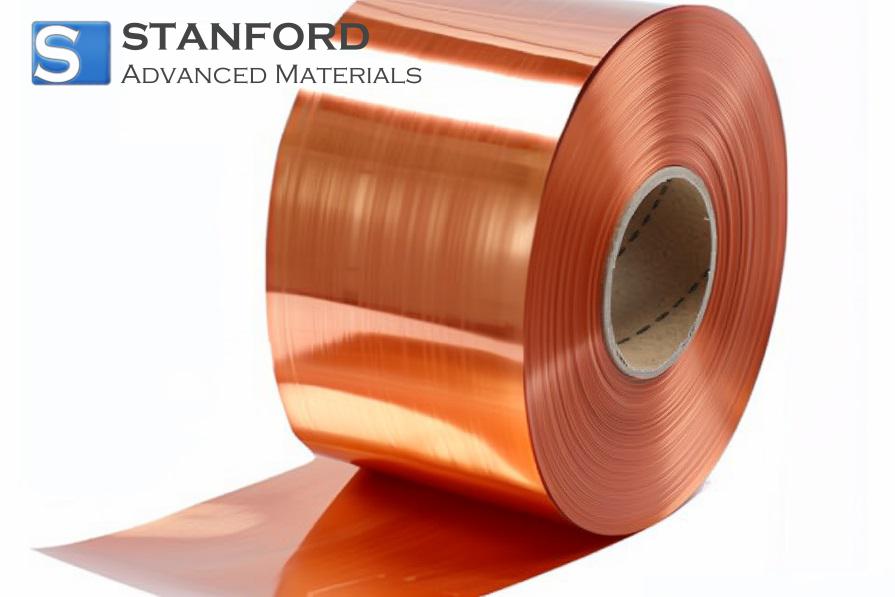Graphene Ushers In A New Wave Of Super-Fast Electronics
One proposed application for graphene is the construction of high‐speed transistors. This property results from its ability to transport electrons at speeds approaching that of light. In addition, graphene is flexible and exhibits high tensile strength, making it suitable for a range of manufacturing processes. The main challenge is that graphene is electronically so efficient that it is assumed to have no band gap. A band gap is an energy interval in which no electron state is available; consequently, no electrical conduction is observed.
Graphene is a layer of carbon atoms one molecule thick. It exhibits properties that make it a potential material for integrated circuits, transistors, batteries, solar cells and other devices. Semiconductors possess small, nonzero band gaps that allow rapid switching between states. Researchers have attempted to induce band gaps in bilayer graphene to control current; these attempts have proven ineffective for several reasons. The primary reason is that stacking individual graphene layers to form the bilayer introduces minor alignment errors, which result in a slight twist that significantly affects the electrical characteristics.
Spectrographic investigations have determined that slight rotations in graphene result in the formation of massless Dirac fermions. These electrons demonstrate a linear dispersion relation characteristic of relativistic particles. Consequently, they are not subject to the artificially induced band gaps that researchers endeavour to establish in bilayer graphene. Therefore, it is unlikely that graphene will be employed in integrated high‐performance circuits in the coming years. However, a variety of electronic applications that require less stringent performance criteria are under development using this material.
- Touchscreens that offer improved durability compared to comparable materials.
- E‐paper utilising monolayer graphene with high transmittance.
- Foldable OLED; graphene of high electronic quality exhibits a bending radius of less than 5 mm.
- High‐frequency transistors.
- Logic transistors driven by high charge carrier mobility.
- Photodetectors.
Current computer chips are manufactured on silicon wafers, but future computers may utilise graphene-based carbon nanotube fabrication. These structures are considered potential candidates for transistor manufacture given their advantageous properties. In upcoming research, graphene specialists must improve the quality of synthetic graphene and investigate its characteristics under technologically relevant conditions.

 Bars
Bars
 Beads & Spheres
Beads & Spheres
 Bolts & Nuts
Bolts & Nuts
 Crucibles
Crucibles
 Discs
Discs
 Fibers & Fabrics
Fibers & Fabrics
 Films
Films
 Flake
Flake
 Foams
Foams
 Foil
Foil
 Granules
Granules
 Honeycombs
Honeycombs
 Ink
Ink
 Laminate
Laminate
 Lumps
Lumps
 Meshes
Meshes
 Metallised Film
Metallised Film
 Plate
Plate
 Powders
Powders
 Rod
Rod
 Sheets
Sheets
 Single Crystals
Single Crystals
 Sputtering Target
Sputtering Target
 Tubes
Tubes
 Washer
Washer
 Wires
Wires
 Converters & Calculators
Converters & Calculators
 Write for Us
Write for Us

 Chin Trento
Chin Trento



